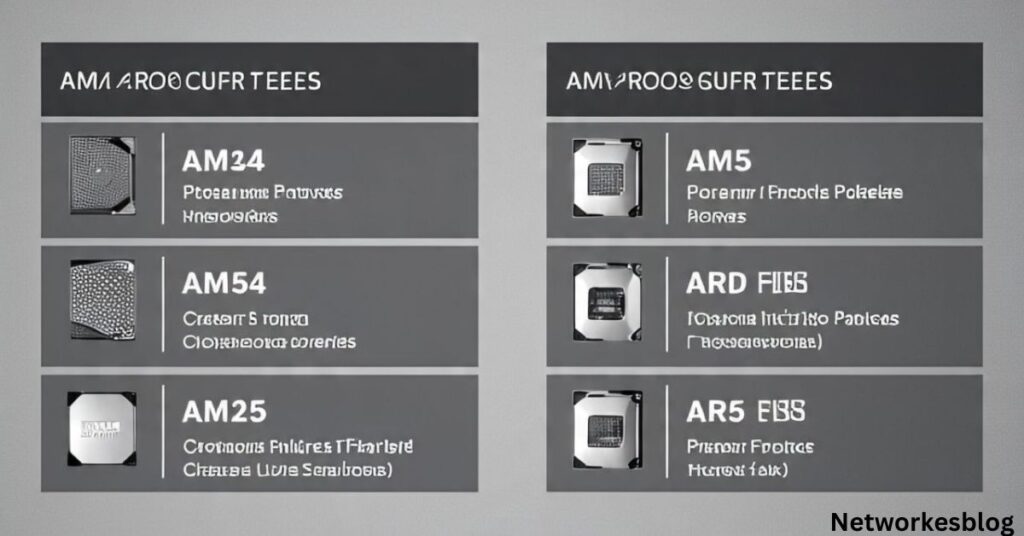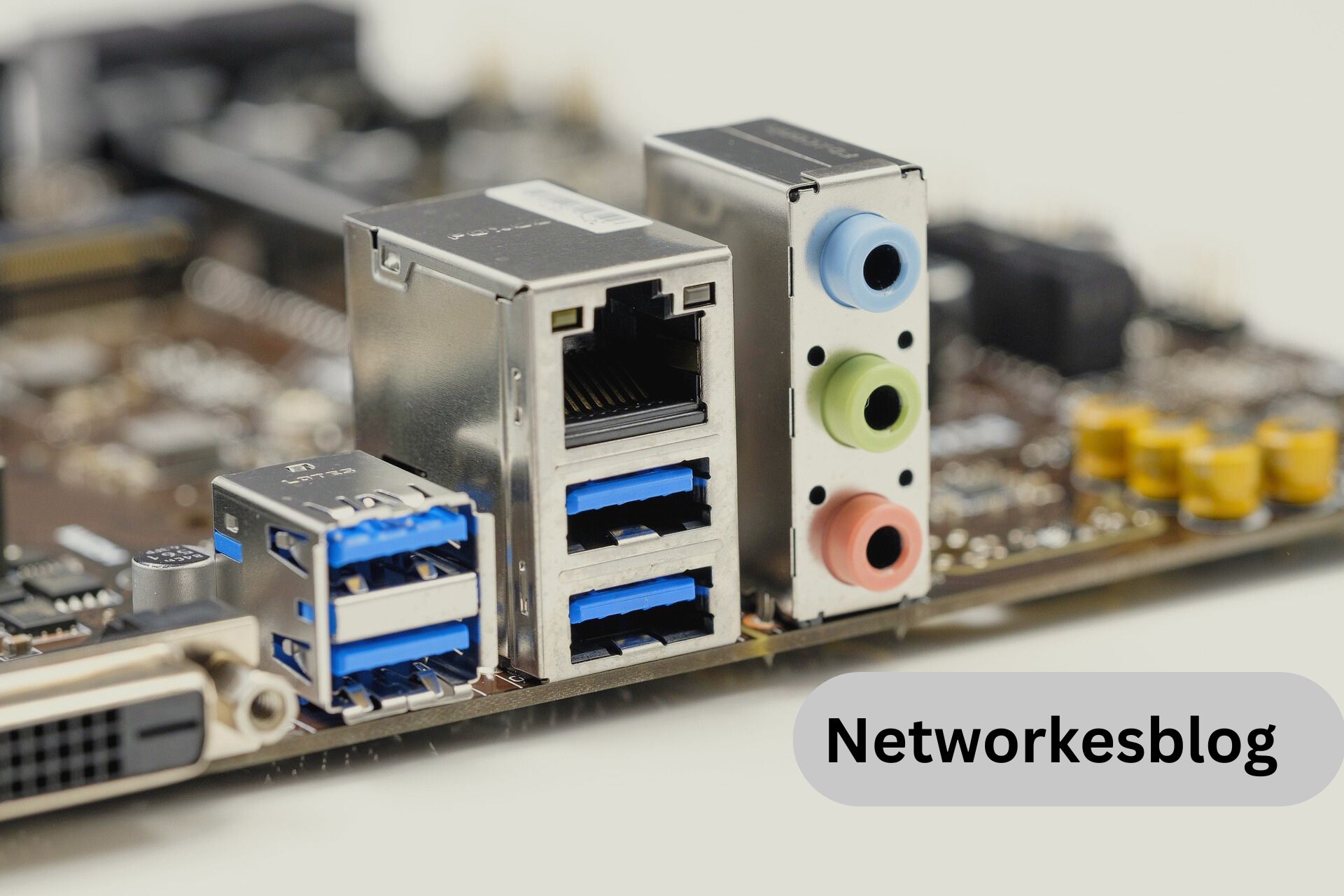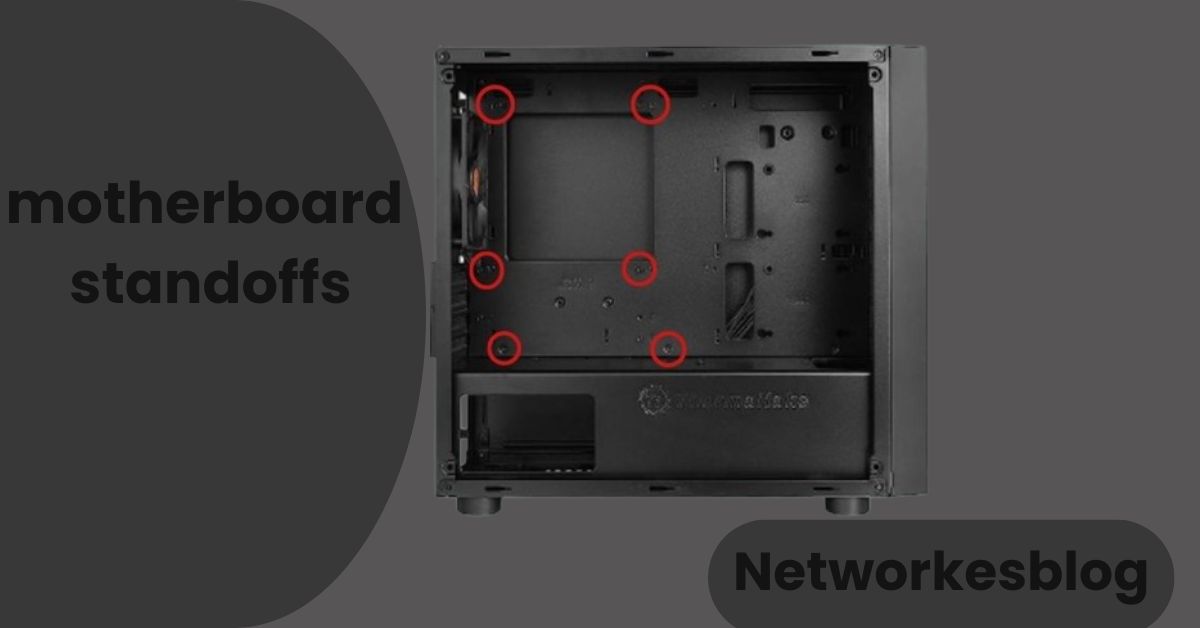With AMD dominating the CPU market in recent years, choosing the right platform has become more crucial than ever — especially with two major options available: AM4 and AM5.
If you’re building or upgrading a PC in 2025, this decision can significantly affect your system’s performance, future upgrade potential, and overall budget.
In this comprehensive guide, we’ll dive deep into AM4 vs AM5, comparing their architecture, compatibility, performance benchmarks, future-proofing potential, and real-world use cases to help you make the best decision for your build.
What Is AM4?
Launched in September 2016, the AM4 socket served as AMD’s main platform for over six years, covering multiple Ryzen CPU generations:
- Ryzen 1000 (Zen)
- Ryzen 2000 (Zen+)
- Ryzen 3000 (Zen 2)
- Ryzen 5000 (Zen 3)
During this time, AM4 became the most versatile and cost-effective platform in AMD’s history, known for its wide compatibility across CPUs and motherboards.
AM4 Key Specs:
- Socket Type: PGA (Pin Grid Array – pins on the CPU)
- RAM Support: DDR4
- PCIe Support: PCIe 3.0 and 4.0 (depends on motherboard/CPU)
- Max CPU Support: Up to Ryzen 9 5950X (16 cores)
- Chipsets Available: A320, B350, B450, X370, X470, B550, X570
Pros of AM4:
- Mature ecosystem with extensive motherboard options
- Great price-to-performance ratio
- Supports budget to high-end CPUs
- Widely available in the second-hand market
- Compatible with DDR4, which is cheaper and readily available
What Is AM5?
AM5, AMD’s latest socket launched in September 2022, was built for the next generation of computing. It supports the Ryzen 7000 (Zen 4) series and is designed with new technologies like DDR5 and PCIe 5.0 in mind.
AM5 Key Specs:
- Socket Type: LGA (Land Grid Array – pins on the motherboard)
- RAM Support: DDR5 ONLY
- PCIe Support: PCIe 5.0 (GPU and M.2 slots)
- Current CPU Support: Ryzen 7000 and newer (e.g., 7600X, 7800X3D, 7950X)
- Future Roadmap: Expected to support multiple upcoming Ryzen generations through at least 2027
Pros of AM5:
- Fully embraces next-gen hardware standards
- Offers higher performance ceiling in games and productivity
- Designed with power efficiency and cooling in mind
- Enables faster storage and GPUs with PCIe 5.0
- Expected to be AMD’s main platform for years to come
AM4 vs AM5: Full Comparison Table

| Feature | AM4 | AM5 |
|---|---|---|
| Release Year | 2016 | 2022 |
| CPU Support | Ryzen 1000–5000 Series | Ryzen 7000+ Series |
| Max Core Count | 16 Cores (Ryzen 9 5950X) | 16 Cores (Ryzen 9 7950X) |
| RAM Type | DDR4 (up to 128GB) | DDR5 only (up to 192GB, depending on mobo) |
| PCIe Version | PCIe 3.0 / 4.0 | PCIe 5.0 |
| Cooler Support | AM4-compatible coolers | Mostly backward compatible with AM4 coolers |
| Socket Type | PGA (pins on CPU) | LGA (pins on motherboard) |
| Motherboard Price | Lower (starting from ~$60) | Higher (starting from ~$130) |
| Upgrade Path | Limited (EOL in terms of CPU support) | Long-term (future CPUs planned through 2027+) |
| Best For | Budget and mid-range builds | High-performance and future-proofing builds |
Performance Differences: AM4 vs AM5 CPUs
Gaming
In gaming, AM5 CPUs like the Ryzen 7 7800X3D outperform even the highest-end AM4 options thanks to improved clock speeds, 3D V-Cache, DDR5 memory bandwidth, and PCIe 5.0 support.
- Ryzen 7 5800X3D (AM4) still remains an excellent gaming CPU, often just a few frames behind the 7800X3D in many titles.
- However, AM5 CPUs offer better 1% lows, higher minimum FPS, and more consistent performance with modern GPUs like the RTX 4080/4090 or RX 7900 XTX.
Productivity & Content Creation
AM5 CPUs excel in multi-threaded workloads, rendering, video editing, and software compiling. DDR5 and increased cache sizes provide noticeable performance gains in apps like
- Adobe Premiere Pro
- Blender
- Davinci Resolve
- Unreal Engine
Benchmarks show up to 35% performance improvement with AM5 CPUs over their AM4 predecessors in heavy productivity tasks.
Cost Considerations in 2025
AM4 Platform Costs:
- Motherboards: ~$60–$180 (A320, B450, B550, X570)
- CPUs: Ryzen 5 5600 (
$100), 5800X3D ($230) - DDR4 RAM: Cheaper, more accessible
- Total System Cost: Lower overall
AM5 Platform Costs:
- Motherboards: ~$130–$350 (B650, X670, X670E)
- CPUs: Ryzen 5 7600 (
$200), Ryzen 7 7800X3D ($350) - DDR5 RAM: Faster but more expensive
- Total System Cost: Higher, but with more performance per watt and long-term value
Future-Proofing: Which Platform Has More Longevity?
AM4: Nearing End of Life
While still supported with BIOS updates and available parts, AMD has confirmed no new CPUs will be released for AM4 beyond Ryzen 5000.
AM5: AMD’s Future Platform
AMD has committed to supporting AM5 through at least 2027, making it a solid investment for multiple upgrade cycles — including Zen 5 and Zen 6 CPUs.
Use Case Recommendations
| User Type | Recommended Platform |
|---|---|
| Entry-level Builders | AM4 |
| Budget-Conscious Gamers | AM4 |
| Mid-Range Gamers (RTX 4060–4070) | AM4 or AM5 |
| High-End Gamers (RTX 4080–4090) | AM5 |
| Content Creators & Streamers | AM5 |
| Future-Proof Enthusiasts | AM5 |
| Office & Productivity PCs | AM4 |
FAQs
What is the main difference between AM4 and AM5?
AM4 uses DDR4 and older CPUs, while AM5 supports DDR5 and newer Ryzen processors.
Can I use an AM4 cooler on an AM5 motherboard?
Yes, most AM4 coolers are compatible with AM5 sockets.
Is AM5 better for gaming than AM4?
Yes, AM5 offers better gaming performance with newer CPUs like the Ryzen 7000 series.
Is AM4 still worth buying in 2025?
Yes, AM4 is still a great choice for budget and mid-range PC builds.
Does AM5 support DDR4 RAM?
No, AM5 only supports DDR5 memory.
Conclusion:
The choice between AM4 and AM5 largely depends on your goals and budget.
- Choose AM4 if you’re building a budget system, already own DDR4 RAM, or don’t need the bleeding edge.
- Choose AM5 if you want to build a future-proof rig, enjoy modern features, and aim for maximum performance and efficiency.
While AM4 still offers incredible value for 1080p and even 1440p gaming, AM5 is the smarter investment if you’re building a new PC in 2025 and plan to upgrade in the future.
Also Read:
Raptor MX70 Laptop: A Powerhouse for Gamers and Creators
Motherboard Capacitor: A Complete Guide to Function, Failure, and Maintenance



